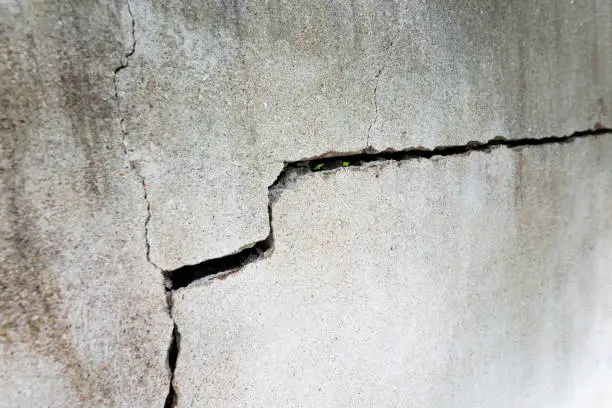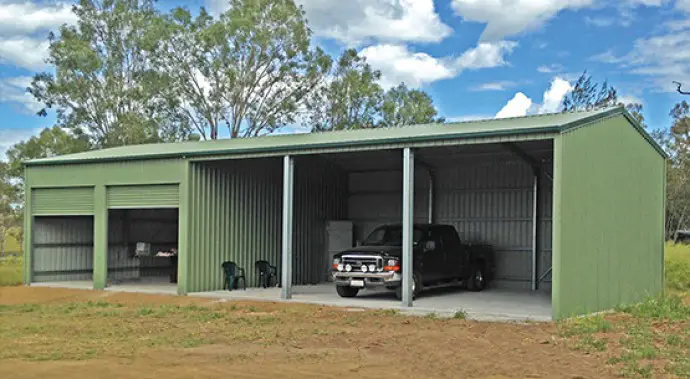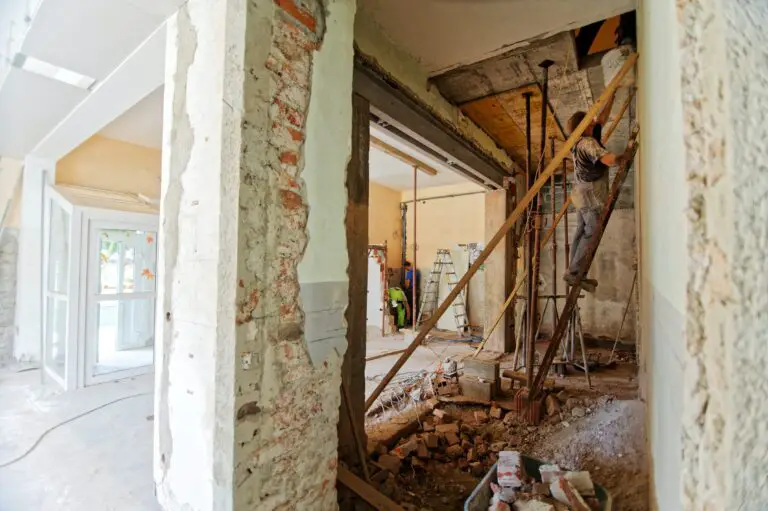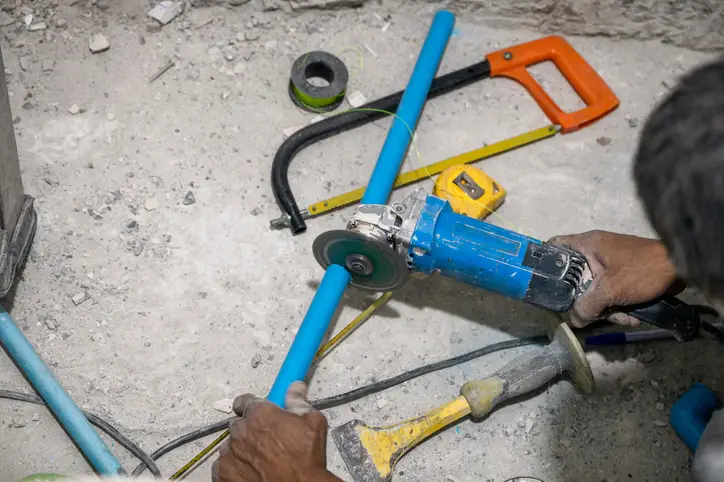Foundation Cracks: Causes, Diagnosis and Effective Repair Strategies

As a homeowner, it’s common to be daunted by the sight of cracks in your foundation. These flaws might seem like small inconveniences at first, but if overlooked, they can snowball into serious structural problems. This article is your go-to resource for understanding foundation cracks, their common causes, how to diagnose them, and the most effective repair strategies.
Understanding Foundation Cracks
Foundation cracks often occur as a result of numerous natural and human-induced factors. They are more than mere imperfections; they are warning signs that could indicate potential threats to your home’s stability. Most importantly, the types, sizes, and locations of these cracks can hint at the nature and gravity of the underlying problem.
Why Do Foundation Cracks Occur?
Soil-Related Issues
The quality of soil plays a vital role in your foundation’s health. Soil that expands when wet and contracts when dry can create significant pressure on the foundation, leading to cracks.
Poor Construction
Inadequate building practices, such as using low-quality materials or improper soil preparation before construction, can lead to foundation weaknesses and ultimately cracks.
Climate and Environmental Conditions
Extreme weather conditions, natural disasters like earthquakes, and heavy vegetation around the home can also cause foundation cracks.
Diagnosing Foundation Cracks
Understanding the type of foundation crack is crucial to diagnosing the problem accurately. Vertical cracks are often due to settling or shrinking and are generally less serious. Horizontal cracks, however, could indicate serious pressure from soil or water and require immediate attention. Diagonal cracks suggest differential settling, where one part of the house settles more than the others.
Repairing Foundation Cracks
The repair strategy for foundation cracks primarily depends on the crack type and cause.
Epoxy or Polyurethane Injections
For small, non-structural cracks, such as those that come from shrinkage or minor settling, an epoxy or polyurethane injection is often sufficient to seal the crack and prevent water intrusion.
Underpinning
If your home has serious settling issues leading to foundation cracks, underpinning might be the answer. This process involves extending the foundation deeper into the ground to more stable soil, providing better support for your home.
Piering
For extreme cases of differential settlement, professionals may recommend a process called piering. This involves driving steel piers into the ground underneath the affected areas of the foundation until they reach stable soil.
Drainage Improvements
If hydrostatic pressure from poor drainage is causing your foundation cracks, improving your home’s drainage system can often alleviate the issue.
Professional Help for Foundation Cracks
While some minor cracks can be dealt with using DIY methods, foundation cracks generally require professional assessment and repair. Experts can provide an accurate diagnosis and recommend the most effective repair method. By acting promptly, you can protect your investment and avoid major structural issues down the line.
Preventing Foundation Cracks
Prevention is often the best line of defense when dealing with foundation cracks. A well-planned strategy can help mitigate the risk of these problems in the first place, saving you time, effort, and potentially, a lot of money.
Soil Testing
Before constructing a building, conducting a soil test will provide essential information about its type and properties. This can help you prepare for potential soil-related problems and take preventive measures.
Quality Construction
Ensuring the use of quality materials and proper construction practices can significantly minimize the risk of foundation cracks. This includes the proper preparation of the construction site and the correct mix of concrete.
Proper Drainage
Good drainage systems are crucial in preventing water from pooling around your home’s foundation. Consider installing gutters and downspouts to direct water away from the house and maintaining a proper slope of the ground surface for the same purpose.
Routine Inspections
Regular inspections of your foundation by professionals can help catch early signs of cracks and resolve them before they turn into major problems.
The Importance of Timely Action
Remember, when it comes to foundation cracks, time is of the essence. Ignoring minor cracks can lead to significant damages over time, compromising the structural integrity of your home. With prompt action and the right repair techniques, you can ensure that these cracks don’t evolve into bigger problems.
Wrapping Up
Dealing with snakes on your property isn’t just about managing the wildlife but also maintaining the structural integrity of your home. Problems such as stair step cracks, hairline cracks, and structural foundation cracks can create entry points for these slithering visitors. Your foundation walls are the first line of defense, and a secure foundation wall keeps your living spaces snake-free.
Hairline foundation cracks can often be addressed using a concrete crack filler, but more significant foundation slab cracks may indicate foundation settlement or more serious issues, requiring professional intervention. When poured concrete foundations begin to show signs of wear due to soil pressure or shrinkage cracks, it’s time to consider contacting an experienced foundation repair contractor.
Foundation repair isn’t just about preventing a foundation leak; it’s also about creating a solid barrier against wildlife intrusions. From minor hairline cracks to more extensive foundation wall damage, getting your foundation cracks repaired promptly can significantly contribute to your efforts of maintaining a snake-free environment. So, whether it’s foundation crack repair, foundation settlement solutions, or overall foundation leak repair, safeguarding your home starts from the ground up.






